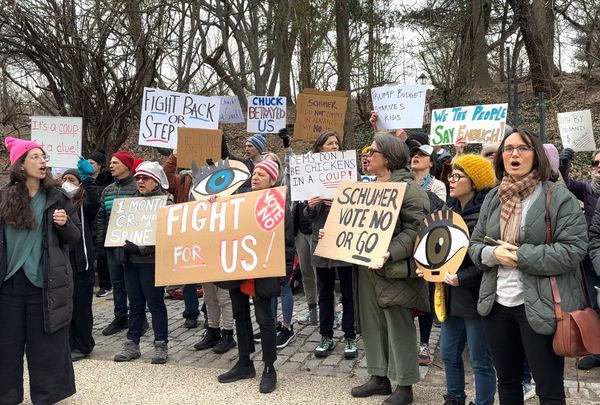
I am a former seminarian in the Catholic church. There are many reasons why I chose to discontinue a vocation to the priesthood, but the attitude towards women, discussed in your editorial, is certainly one (The Guardian view on women in the Catholic church: let down yet again, 13 October). While my colleagues were disparaging female clergy in the Anglican communion as “vinaigrettes” (ie embittered “vicarettes”) and fearing the prospect of nuns in dog collars, the truth is that women – lay and in religious orders – keep the Catholic church going, often performing Eucharistic services and other para-liturgical rituals in lieu of a priest. They do this with zero recognition and often a lot of patronising contempt from an ageing and increasingly out of touch clergy.
And yet, routinely, the issue of female clergy is one that the lay faithful bring up time and again, not to mention those who have left the faith. Their complaints inevitably are ignored or are met with responses culled from Pope John Paul II’s letter Ordinatio Sacerdotalis. This is hardly surprising. To understand why, we have to look to the Catholic ideal of womanhood, defined by the Virgin Mary. As impossibly as she is both virgin and mother, the Catholic church also lauds her for her silence. The two incidents where her silence are particularly revered are telling: when she is told by Gabriel she is pregnant and when she watches Christ’s crucifixion. What possible respect are you ever going to have for the contributions of real women, who will always fall short of that ideal, if that’s what you think female perfection consists of?
William Rees
Brighton
• When I was a student for the Catholic priesthood in the late 1970s I was very blessed to be taught by Fr Eric Doyle. He was a brilliant teacher who was perhaps the leading Catholic theologian in Britain at that time. Eric showed us that there was no theological problem with female priests. Rather, the difficulties for the church in introducing female priests were entirely psychological and social – for example, the impact on a priest-respecting and conservative laity.
Eric was a member of Pope Paul VI’s commission on the subject of ordaining women and told us students plainly how the majority report was positive on ordaining women. The papal response? The report was effectively binned, and the theologians in favour of female priests were asked to leave their Vatican apartments. Eric was sadly taken from us at the early age of 46 – the ways of God are strange indeed.
After the previous popes, I have great admiration for Francis and suspect that any liberalising dreams he might have are tempered by the realities of the curial world. As an ex-priest I have first-hand experience of how uncommunicative and unfeeling the Vatican machine can be. One has to hope that the Catholic faithful are more open and less priest-led these days. Sadly, the church I love continues to bleed grace.
Martin Ryan
Wishaw, North Lanarkshire
• As a practising member of the Church of England, I have to say that the ordination of women has been a spark of light in an otherwise gathering gloom enveloping the church. As an Anglo-Catholic, one of the most fascinating developments is the role taken by female priests in that wing of Ecclesia Anglicana. They are now a mainstay of what I would call “liberal Catholicism”. I don’t know what we would do without them.
Robert Hughes
Little Birch, Herefordshire
• This page was amended on 22 October 2024. An earlier version incorrectly said Wishaw was in West Yorkshire, rather than North Lanarkshire.







